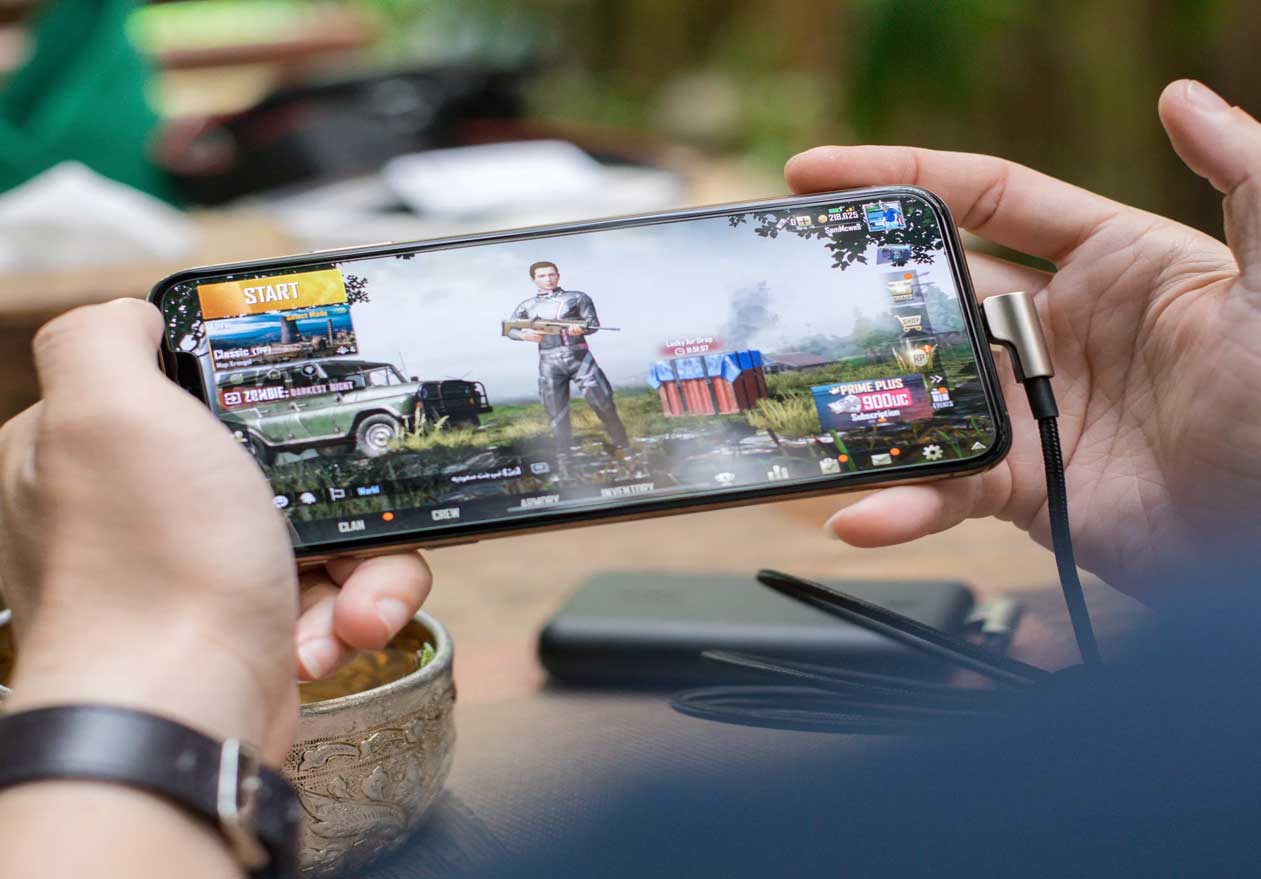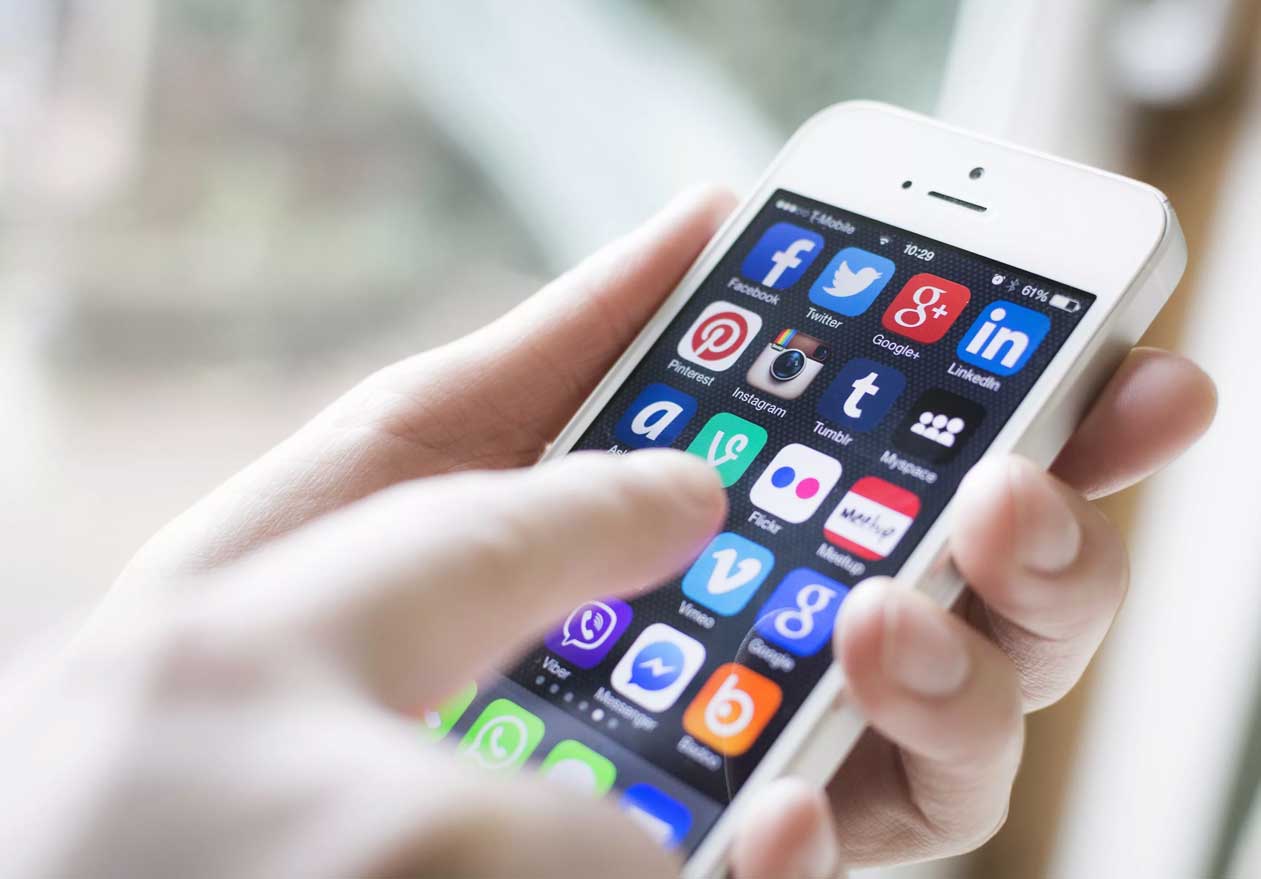The healthcare industry has changed as a result of telehealth applications. The COVID-19 epidemic has caused a sharp increase in their use. They help healthcare professionals find ways to get in contact with a larger clientele by offering remote use of medical care.
Let’s examine what telehealth applications are, go over the stages involved in developing a minimum viable product and important features. Readers are going to have a stronger grasp of the way telemedicine applications are transforming healthcare and how to build a telehealth application that succeeds.
What is a Telehealth Application?
Telehealth applications are developed to enable virtual consultations between patients and doctors. This may involve instant chat, consultations via video, and even remote observation of vital signs. With telemedicine, people can talk with medical professionals whenever they want, from any location, with no need for appointments, travel, or line-ups.
The convenience that telehealth programs provide is one of their key benefits. Patients no longer need to find a nanny for their children or take time out of work to get to a doctor. They just have to sign into the app using their desktop or smartphone to get the treatment they need. Patients with ongoing illnesses who need regular checkups or those who live in distant places with little access to healthcare facilities might get the most from this.
Telehealth Applications During COVID-19
A lot of people had to start using telehealth applications immediately after the COVID-19 pandemic started. As social distancing became the norm, online medical care became an important tool for essential medical care while preventing the spread of the virus. A study released by McKinsey, found that utilization of telehealth applications surged to 46% of total number of patients in April 2020, compared to just 11% in 2019. The sharp rise in the use serves as testament to the significance and convenience of telemedicine, which is projected to keep growing in the years following the pandemic.
Features of Telehealth Applications
Telehealth applications are used to give people access to online consultations, remote monitoring, and other medical services without requiring them to make trips to clinics or offices. Although the particular features and functionality of telemedicine apps might vary, there’s a few important elements that are frequently viewed as being the most beneficial in these applications.
- Electronic Medical Records (EMR)
The ability to access patients medical records — is probably one the most important features of telehealth applications. Medical professionals can swiftly evaluate a patient’s medical history, diagnosis, and subsequent treatment plans simply by accessing the patient’s medical information through the program. When time is of the essence in an emergency, this tool might be especially helpful.
- Appointment and Medication Reminders
Telehealth applications can send automatic notifications to inform patients about scheduled appointments, medication schedules, as well as other medical-related tasks. This could boost compliance among patients, which could ultimately result in better medical results. Notifications encourage patients to show up for sessions as well as take medications as advised.
- Virtual Consultations and Remote Monitoring
Medical professionals may consult patients virtually from any location thanks to telehealth applications. Patients can communicate with their healthcare doctors via their desktops or laptops and smartphones to discuss their medical problems, get diagnosis, and get their medications. Telehealth software can also be used for remote patient care, including tracking vital signs and medication compliance.
- Data Security and Privacy
Personal data regarding customers must be carefully secured and kept confidential in telehealth applications. To avoid unwanted exposure of data related to patients, typically involves setting up encryption techniques, multiple-factor authentication, and various other safety precautions. Health Insurance Portability and Accountability Act (HIPAA) regulations in the US are an example of a privacy rule that should be followed by telemedicine apps.
- Integration with Other Healthcare Systems
Apps for telemedicine must be able to link with existing medical platforms like patient portals or electronic health records (EHRs). It may facilitate interaction among healthcare professionals and guarantee precise and up-to-date data about patients.
Custom Telemedicine Application Development Process
The process of creating a unique telehealth application is meticulous and creative, where both the contractor and the client have to be involved. Healthcare providers can provide special advantages and features that match their specific demands and expectations by using a customized telemedicine application.
The four stages that follow might be used to loosely define the development process:
1. Discovery and Preparation
The clients and the contractor collaborate to determine the aims, specifications, and goals of the telemedicine application. A feasibility study is carried out by the contractor, who then develops a thorough project plan that specifies the project’s parameters, deadlines, and resource requirements.
2. Design and Development
Once the project plan is approved, the contractor moves on to the design and development phase. This stage involves creating wireframes, user interface designs, and functional specifications. The development team writes the code, tests the application, and deploys it to the server.
3. Quality Assurance and Testing
Before launching the application, the development team performs thorough quality assurance and testing. This involves identifying and fixing bugs, testing the application’s performance under different scenarios, and ensuring that the application complies with relevant regulations.
4. Release and Updates
The development team deploys the application to the servers after it has passed extensive testing and is prepared for public use. To ensure that the program functions properly and remains relevant, the team also offers continuous maintenance and support.
Who is Involved in the Development Process?
The telemedicine application development process involves several key stakeholders on both the contractor and the customer side. These stakeholders include:
Contractor
- Project Manager: Manages the project and makes sure it complies with the client’s needs.
- Designer/s: Is in charge of producing functional demands, UI designs, and wireframes.
- Developers: Responsible for writing the code and implementing the application’s features.
- Quality Assurance Engineers: Responsible for testing the application and identifying and fixing bugs.
- Deployment Engineers: Responsible for deploying the application to the server and ensuring that it runs smoothly.
Customer
- Project Sponsor: Responsible for providing funding and ensuring that the project aligns with the organization’s strategic objectives.
- Business Analysts: Responsible for identifying the organization’s business needs and requirements.
- Subject Matter Experts: Responsible for providing domain-specific knowledge and expertise.
- End Users: Responsible for using the application and providing feedback on its usability and functionality.
How the Requirements of the Product are Collected?
For a successful telemedicine app, understanding end-users’ needs is crucial. Collecting requirements is a critical step, often done via stakeholder interviews. These can be in-person or virtual and help identify needs, challenges, and expectations for the app.
- Interviews with Patients
During interviews with patients, you can ask them about what kind of health concerns they have, their previous experiences with healthcare, and what they expect from telemedicine. That data can help developers to design an application that is easy to use, and addresses the most common health concerns faced by people.
- Interviews with Doctors
During interviews with doctors, developers can gather data about how they work, do they use technology in patient care, and their expectations for telemedicine. This information can help developers to design an application that is easy to use, improves patient care, and integrates with existing health IT systems.
- Interviews with Administrators and Polyclinic Managers
During interviews with administrators and polyclinic managers, developers can gather information about their management workflows, their staffing needs, and their expectations for telemedicine. This information can help developers to design an application that improves organizational efficiency, reduces costs, and improves patient outcomes.
- Analysis of Collected Requirements
Once the requirements have been collected through interviews, they are analyzed to identify common themes and areas of overlap. This analysis helps developers to prioritize the most important features and functionalities of the telemedicine application. The analysis also helps to identify potential areas of conflict or disagreement between different stakeholders, which can be resolved through further discussions and negotiations.
Other Sources
Apart from interviews, there are several other sources of requirements that can be used to develop a telemedicine application. These sources include:
1. Documentation
Documentation is a valuable source of requirements, especially for healthcare providers who have existing health IT systems in place. By analyzing documentation such as electronic health records (EHRs), medical device manuals, and clinical protocols, developers can gain insights into the workflows and processes that healthcare providers use. This information can help developers to design an application that integrates seamlessly with existing systems and workflows.
2. Legislation and Regulation
The use of technology in patient care is governed by several rules and regulations since healthcare is a highly regulated sector. The Health Insurance Portability and Accountability Act (HIPAA) is one piece of legislation and regulation that developers may examine to make sure the telemedicine application conforms with. In addition to achieving the standards for interoperability of electronic health records (EHRs), this also entails maintaining the security and privacy of patient data.
3. Software
There are many software tools and platforms available that can be used to develop a telemedicine application. By analyzing the features and functionalities of these software tools, developers can gain insights into best practices for developing a telemedicine application. This includes understanding how to implement real-time video conferencing, secure messaging, and remote monitoring.
By combining insights from interviews, documentation, legislation and regulation, and software, you can create a telemedicine application that meets the demands of healthcare providers as well as patients while adhering to the relevant laws and regulations. It’s necessary to highlight that based on specific demands and requirements of the medical professionals, the sources of requirements might vary. Thus, the best method to guarantee the success of the telemedicine application is frequently through an individualized approach to requirement gathering.
How Does the Prototyping of a Telemedicine Application Go?
Prototyping is an essential part of the telemedicine application development process. A prototype is a preliminary version of the application that allows developers to test the functionality, design, and user interface before launching the final product. Here are some key factors that should be taken into account during the prototyping and design phase of a telemedicine application:
1. User Interface (UI) and User Experience (UX)
The UI/UX of a telemedicine app is crucial to its success. Developers must consider the user’s journey, including onboarding, scheduling, and virtual consultations, in the prototype phase. User testing is essential to ensure the UI/UX meets the end-users’ needs and expectations.
2. Data Security
A significant priority for telemedicine applications is data security. The application needs to be made in accordance with industry norms and laws, such as the HIPAA laws in the US. Additionally, the application needs to be built to safeguard private patient data, such as identifying information and medical records
3. Integration with Other Systems
The telemedicine program needs to be made to work with other healthcare IT systems, such EHRs and medical billing applications, without any issues. Through this connection, healthcare professionals will have real-time access to patient data and the ability to amend medical records, enhancing the effectiveness and efficiency of patient care.
4. Scalability and Future Upgrades
The telehealth application has to be adaptable and scalable in order to support updates and modifications in the future. As technology develops and new healthcare demands materialize, this includes the capability of adding new features and functionality to the application.
5. Compatibility with Different Devices and Platforms
By ensuring that the telemedicine application is compatible with multiple types of hardware and software, such as PCs, laptops, tablets, and mobile devices, it can reach a wider audience of patients and healthcare professionals, making healthcare more accessible and convenient for all.
Why is it important to first Develop Telemedicine Application?
The term “Minimum Viable Product,” or “MVP,” refers to a product version with only enough functionality to appease early adopters and collect feedback for subsequent development. When creating a telemedicine application, it’s important to create an MVP before releasing the finished product. Here are a few explanations:
1. Cost-Effective
An MVP is a cost-effective approach to software development that allows for a streamlined process to validate a product idea without a significant financial investment upfront. It can help to gauge market interest and feedback before investing in further development, leading to a more successful launch.
2. User Feedback
An MVP enables early users to provide feedback that can be used to improve the final product. This feedback can help developers to understand user needs, pain points, and preferences, allowing them to make changes and improvements to the application before launching the final product.
3. Faster Time to Market
Developing an MVP allows the product to be launched faster. This is because developers can focus on building the core features of the application first, allowing the product to be tested and validated in the market quickly. This can help to gain a competitive edge in a rapidly changing industry.
4. Risk Mitigation
Creating an MVP helps reduce the risks involved in creating a fully functional program. Developers can spot possible issues and hazards that would not have been spotted otherwise by testing the MVP in the market. This may assist to prevent expensive errors and launch delays for the finished product.
5. Flexibility
An MVP allows for greater flexibility in the development process. It allows developers to make changes and improvements to the application based on user feedback and market demands, without having to make significant changes to a fully developed product.
Primary Stages Involved in the Development of a Telemedicine Application
The development process for a telemedicine application can be broken down into several key steps, including:
1. Idea Validation: In this stage, the business idea is validated to ensure that it has the potential to succeed in the market. This involves researching the competition, analyzing the target audience, and identifying the unique selling proposition of the application.
2. Requirements Gathering: The requirements for the application are collected from various sources, including user interviews, documentation, and legislation. This helps to ensure that the application meets the needs of its intended users while complying with legal and regulatory requirements.
3. Prototyping: A prototype is created to help visualize the application’s user interface and user experience. This helps to identify any usability issues or design flaws before investing significant resources into development.
4. MVP Development: An MVP is a cost-effective approach to testing the essential features of an application with early adopters to gather feedback and refine the product before launch, ultimately leading to customer satisfaction.
5. Full Development: Once the MVP has been validated, the full development of the application can begin. This involves building out the remaining features, refining the user experience, and integrating with third-party systems.
6. Testing and Deployment: The application is thoroughly tested to ensure that it is stable, secure, and reliable. Once testing is complete, the application is deployed to the production environment and made available to users.
7. Maintenance and Support: Ongoing maintenance and support are provided to ensure that the application remains functional and up-to-date with changing requirements and technologies.
Conclusion
Telehealth applications provide affordable options for both patients and medical professionals. Custom telehealth app development is in higher demand as a consequence of COVID-19. When creating a telemedicine app, dependability, regulatory standards, and user demands must all be taken into account. A quality product that satisfies healthcare demands is produced by adhering to crucial stages. Telemedicine applications have a promising future as demand and technology develop.









